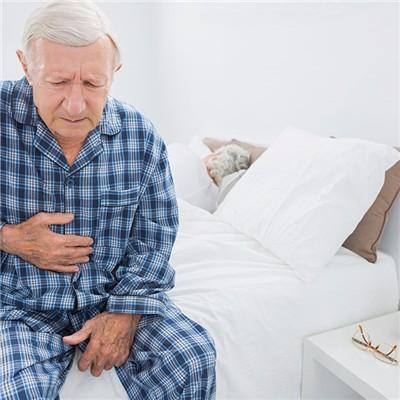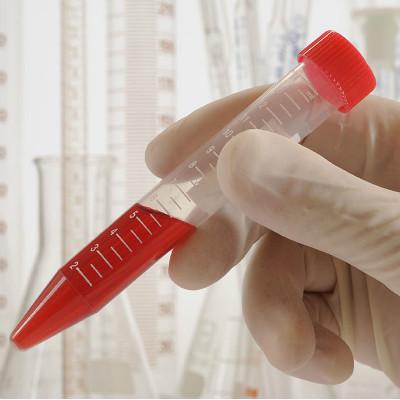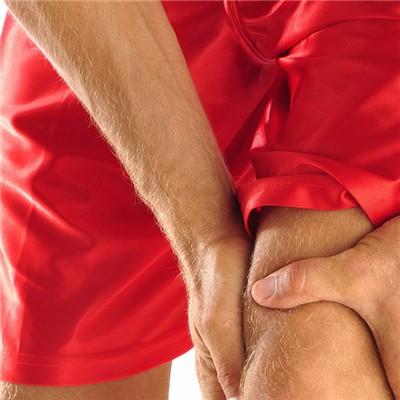Symptoms of secondary dysmenorrhea
summary
Dysmenorrhea refers to abdominal pain or waist pain before and after menstruation or during menstruation. We must pay attention to it when we treat it with drugs, even pain and waist bones. When the attack is severe, the patient's face is pale, sweating, cold hands and feet, nausea and vomiting, and even collapse and fainting. The disease is more common in young women, is one of the common female diseases. So below we take a look at the symptoms of secondary dysmenorrhea?
Symptoms of secondary dysmenorrhea
First: secondary dysmenorrhea, also known as organic dysmenorrhea, is caused by diseases of female reproductive organs, and dysmenorrhea is only a symptom associated with these diseases. The most common gynecological diseases causing dysmenorrhea include adenomyosis, endometriosis, submucous myoma of uterus, intrauterine adhesions, cervical stenosis, contraceptive ring placement, genital tract malformation and pelvic inflammatory disease.

Second: the vast majority of women's dysmenorrhea belongs to primary dysmenorrhea. The causes of primary dysmenorrhea include incomplete cervical development, too small uterine orifice, or because the uterus tilts backward, it is difficult to discharge blood, so the uterus must contract on the spot to discharge blood, resulting in abdominal pain; The imbalance of endocrine function and excessive secretion of progesterone lead to uterine contraction and affect menstrual discharge;

Third: in vivo prostaglandin secretion is too high, also causes the womb contraction enhancement to cause dysmenorrhea. In addition, emotional excitement, depression, mental tension, and sometimes excessive fatigue, strenuous activities, rain, cold, a large number of cold drinks can also cause dysmenorrhea. Primary dysmenorrhea generally occurs in 2-3 years after menarche, and gradually decreases after the age of 25. It rarely occurs again after marriage and childbirth.

matters needing attention
The inducement of dysmenorrhea is mainly due to insufficient uterine blood flow caused by excessive contraction of the uterus, ischemia and hypoxia of uterine muscle tissue, resulting in the accumulation of acid substances due to the inability to discharge with the blood, which stimulates the pain nerve dominating the uterus, so there is pain.












